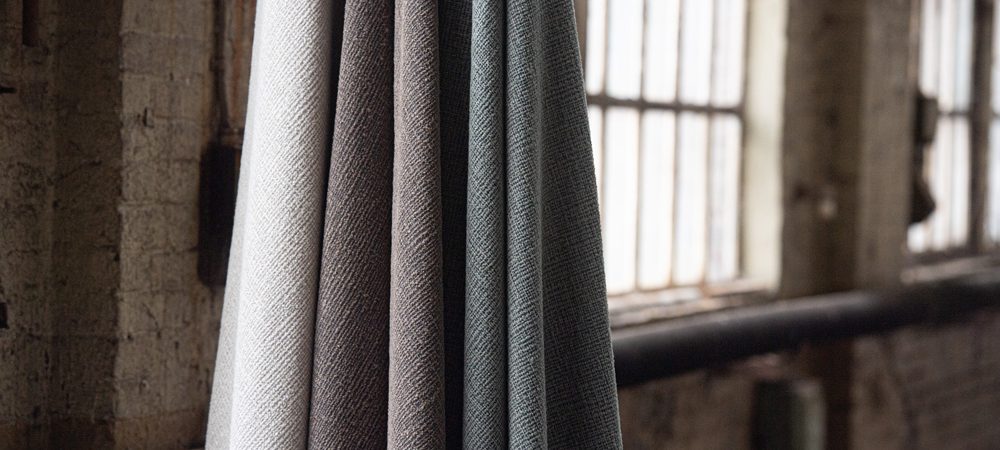
RPET: sustainable fabrics in a revolution against the plastic problem
In recent decades, a growing problem has emerged: the plague of plastic pollution. From oceans to urban areas, the impact of this widespread plastic problem is alarming. Fortunately, RPET provides a solution to combat plastic pollution and create a future with sustainable fabrics.
Over the course of one human lifetime, global plastic production has explosively increased. In 1950, it was only 2 million tons, but in 2021, it surged to over 390 million tons according to plastic industry figures. However, these numbers do not fully account for synthetic fibers, making the actual production even larger.
Recycled plastic addresses plastic pollution
Plastic, once seen as a revolutionary material, has turned into a global threat to our environment. According to the Plastic Soup Foundation, 9.2 billion tons of plastic are produced annually. A significant portion of this ends up in our oceans, rivers, and ecosystems. Approximately 40% of all produced plastic is discarded within a month, resulting in about 300 million tons of plastic waste annually. The consequences are devastating: entangled sea creatures, polluted waterways, and microplastics finding their way into our food. The plastic problem is not only alarming but also demands global action to prevent further damage to our planet. By increasing awareness, supporting innovative solutions like recycled plastic, and addressing plastic pollution at the source, we can work together towards a more sustainable and healthier future.
The rise of RPET: an alternative for sustainable fabrics
RPET is derived from recycled plastic bottles, making it a sustainable alternative to new plastic. The production process of RPET involves collecting, cleaning, and processing used plastic materials, leading to reduced demand for new raw materials and less strain on natural resources.
Benefits of RPET:
Waste reduction
Using RPET reduces the amount of plastic waste, essential for alleviating pressure on landfills and ecosystems.
Energy savings
The production process of RPET often consumes less energy than the production of new plastic, resulting in significant energy savings.
Revaluing used plastic
The revaluation of plastic through innovative processes like recycled polyethylene terephthalate (RPET) contributes to closing the material loop. Instead of considering plastic as disposable, it is repurposed and transformed into high-quality products. This approach not only reduces the amount of plastic waste ending up in landfills but also promotes a more sustainable use of resources. Closing the material loop with recycled plastic promotes a circular economy, where materials are deployed in a continuous cycle of production, use, and reuse. The result? A more resilient and environmentally friendly society.
Sustainable fabrics
Fabrics or products made from RPET offer the same quality, durability, and versatility as traditional materials, all with reduced ecological drawbacks.
Applications of RPET: everywhere around us
The scope of RPET applications is broad and diverse, contributing to its growing popularity. From clothing and packaging to furniture fabrics and decorative accessories, RPET is finding its way into various industries. The fashion industry embraces it as a sustainable choice, while furniture designers use it for interior products with sustainable fabrics.
Sustainable business: the role of companies
Consumers play a pivotal role in this shift towards sustainability. Consciously choosing products made from RPET encourages companies to embrace sustainable business practices. Moreover, RPET contributes to a growing demand for eco-friendly alternatives.
Consumer behavior change
In the Netherlands, we benefit from an effective closed system with bottle deposit and collection points for plastic bottles. Unfortunately, such a system does not exist everywhere in the world. While we enjoy efficient mechanisms like bottle deposit systems and convenient collection points, many regions worldwide lack such extensive recycling and waste management infrastructure.
The use of RPET contributes to awareness and behavioral change. It demonstrates that plastic waste is not just a problem but can also be a valuable resource when properly reused and recycled.
Conclusion: sustainable materials with RPET
As we become aware of the severity of the plastic problem, RPET offers a glimmer of hope in this dark context. By breaking the plastic cycle and integrating recycled materials into our daily lives, we can collectively do more to live sustainably. RPET does not just stand for recycled plastic; it represents a green revolution paving the way towards a world where plastic pollution is a thing of the past. It’s time to choose a sustainable alternative and pave the way for a healthier planet for future generations.
 )
)
